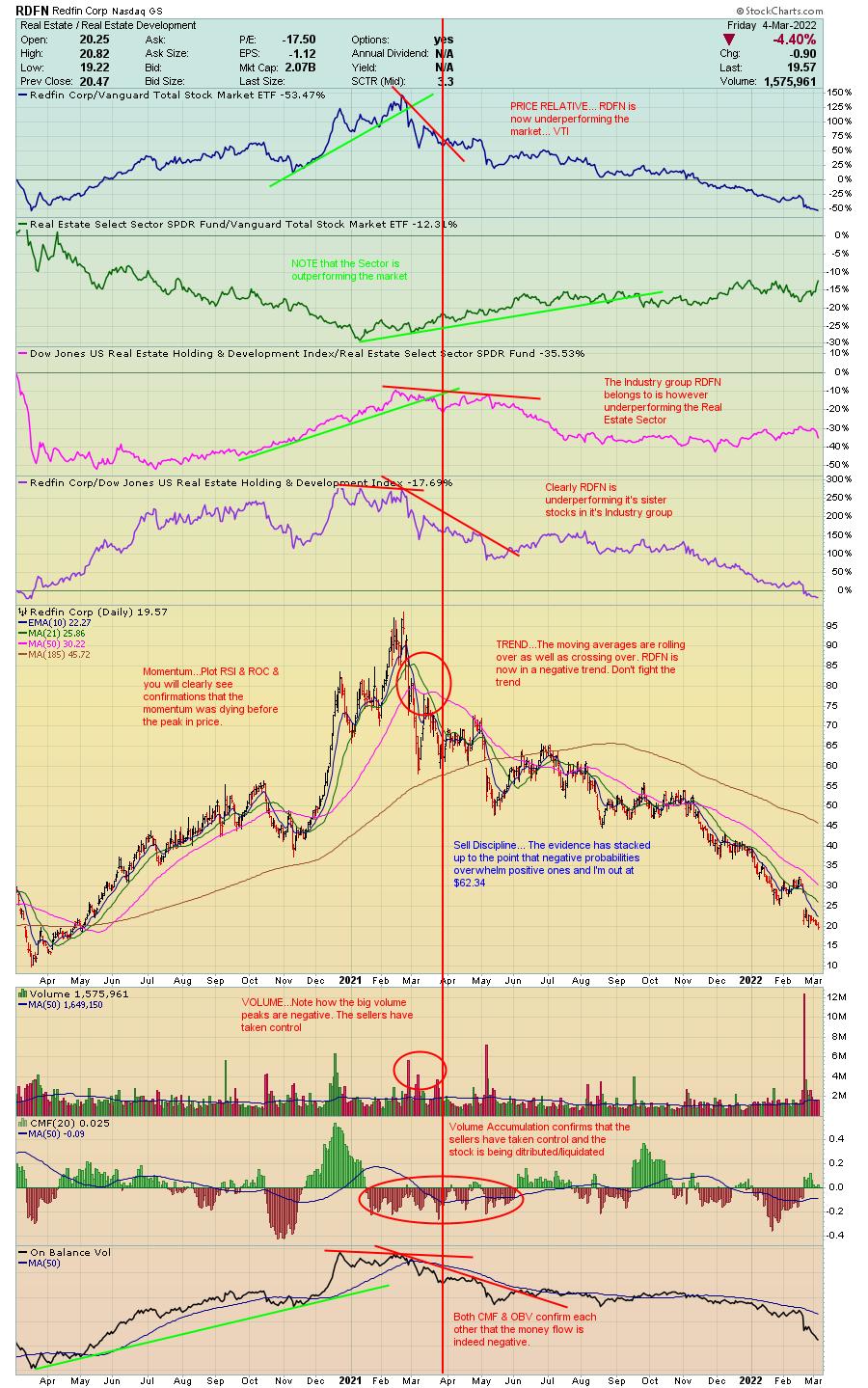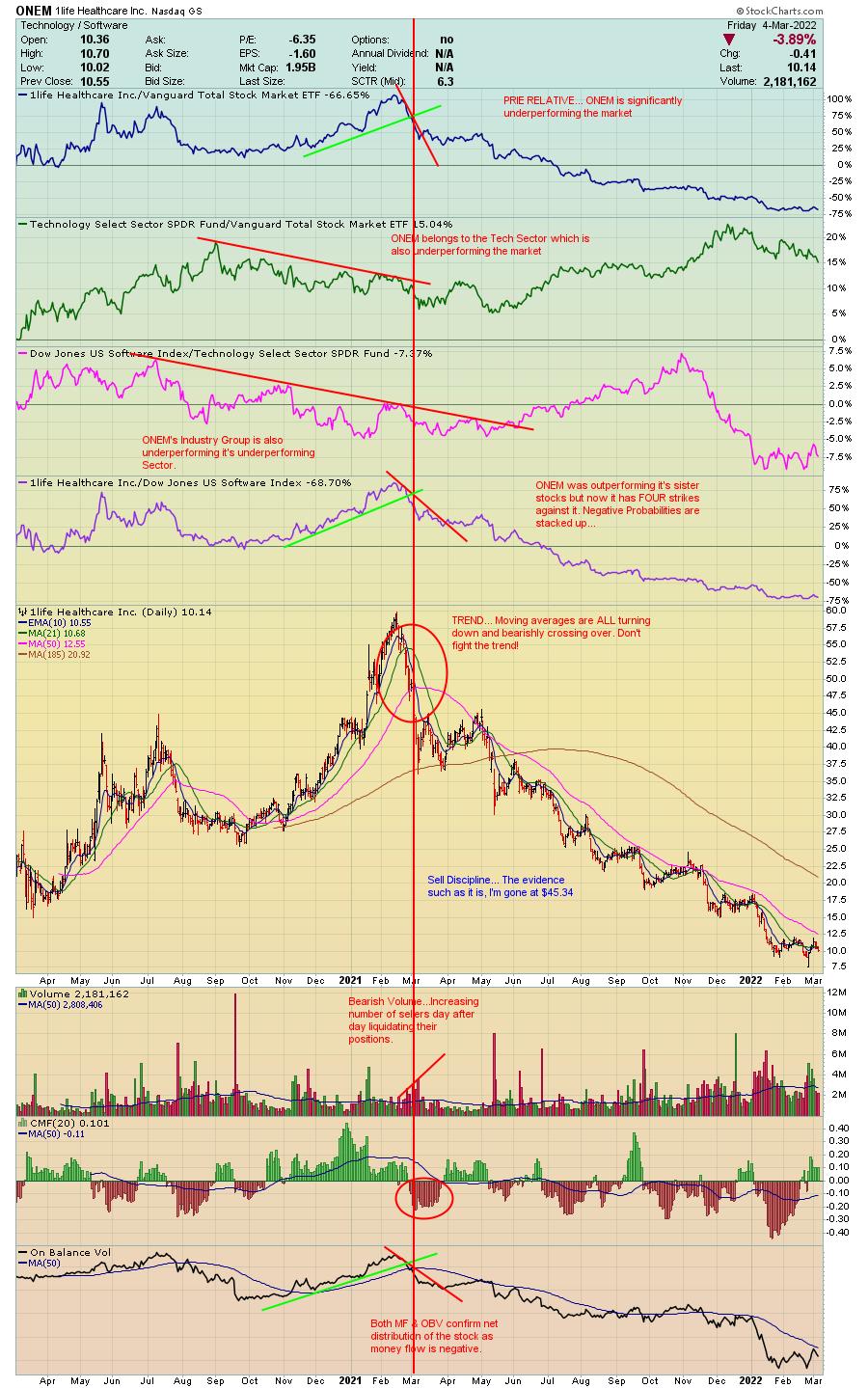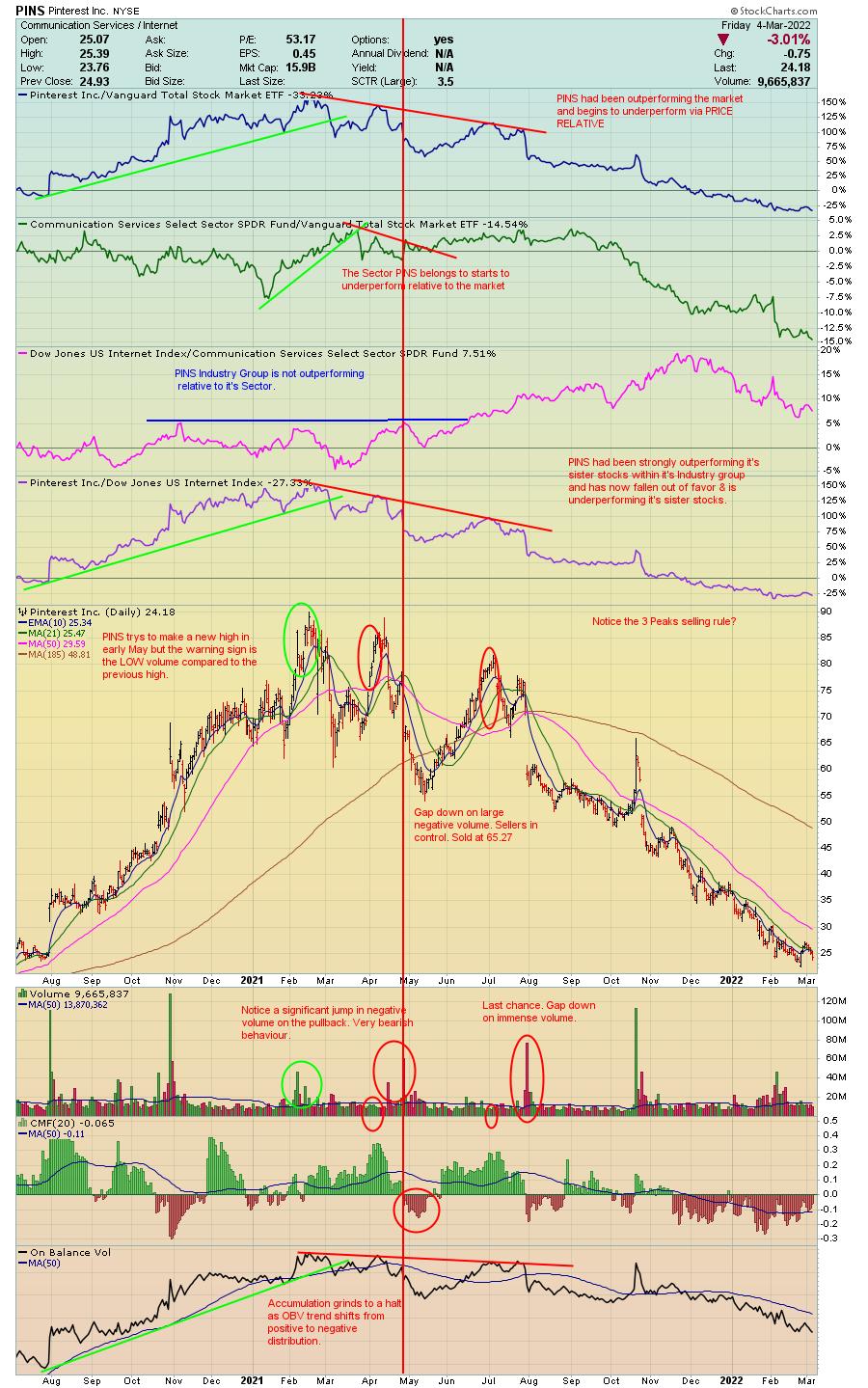For those of you who've been investing for decades, you'll immediately grasp the significance and truth of Market Wizard Stanley Druckenmiller's quote: "Every great money manager I've ever met, all they want to talk about is their mistakes. There's a great humility there."
As this is the third and final blog in my series "Sushi Investing", about one's selling methodology, I feel the opening salvo once again should address the "Investor Self" (Chapter 3 in our book) upon which every profitable exit strategy must exist. As investors or traders, we must first be able to get our arms around this essential foundational tree. Once the Investor Self is mastered, the exit mechanics are relatively straightforward.
In Part 2 of "Sushi Investing", I offered a simple yet effective Three Peaks selling methodology. For those of you who did the suggested homework — applying the methodology to 50 charts — you likely discovered both how straightforward and clean this approach is and how surprisingly profitable as well. Remember that profits don't just magically appear in your account created but Market Gods. It's your defensive methodology that takes these profits as they present themselves — while simultaneously cutting off losers when the markets tell you so. A slow burn defense of tearing off the bandage slowly will only cause more financial pain. Don't trip over your own ego in your need to be right. You'll end up as collateral damage instead.
Okay - let's dive into the granular details of my own exit methodology. A few years ago in the Traders Journal, I produced a popular series of "Action Practice" investing exercises. I think it's appropriate here to invite you to look over those archives. To do so, just search The Traders Journal blog for "Action Practice". One of the blogs dealt with selling. I would also encourage readers to review another blog I wrote entitled "The Art of Selling Well: Part II" in which I describe in more detail the six basic elements of my own selling paradigm. Those elements are:
- Price Relative
- Trend
- Volume-based Signals
- Momentum
- Bearish Patterns
- Personal Money Management Rules
So let's move on to review the three stocks - Redfin Corp (RDFN), 1Life Healthcare (ONEM), and Pinterest Inc. (PINS) - and examine how the evidence accumulated to shift the probabilities towards a sell decision.



The bottom line is that as an investor, you must tackle your fears head on, push your ego aside and act appropriately to what the markets are telling you. They are always right!
Trade well; trade with discipline!
Gatis Roze, MBA, CMT
- Author, "Tensile Trading: The 10 Essential Stages of Stock Market Mastery" (Wiley, 2016)
- Developer of the "Stock Market Mastery" ChartPack for StockCharts members
- Presenter of the best-selling "Tensile Trading" DVD seminar
- Presenter of the "How to Master Your Asset Allocation Profile DVD" seminar
Trade well; trade with discipline!
Gatis Roze, MBA, CMT
- Author, "Tensile Trading: The 10 Essential Stages of Stock Market Mastery" (Wiley, 2016)
- Developer of the "Stock Market Mastery" ChartPack for StockCharts members
- Presenter of the best-selling "Tensile Trading" DVD seminar
- Presenter of the "How to Master Your Asset Allocation Profile DVD" seminar
